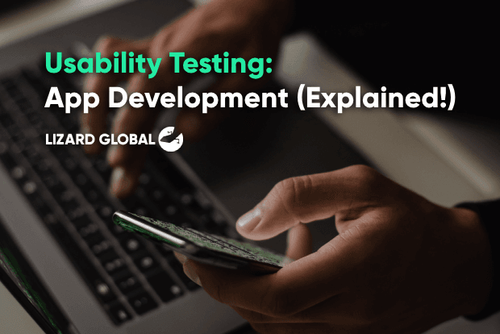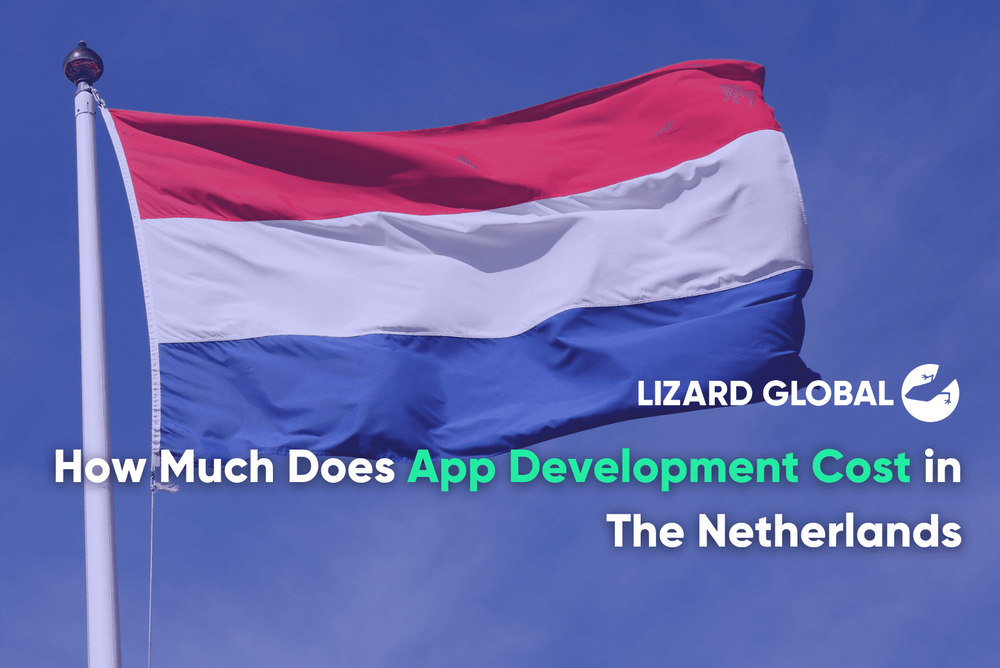What Is WEB3 Being Used For? Top 6 Questions & Answers
Get the latest updates about our blog posts.
Subscribe so you don’t miss out!
Follow Lizard Global on Facebook, Instagram, and LinkedIn.
The crypto winter, the demise of FTX's controlled exchange, and the Terra (LUNA) meltdown all contributed to a great deal of pessimism in the Web3 market in 2022. However, new use cases and applications will be driven in the upcoming year by technological advancements and commercial maturity across Web3, blockchain, and cryptocurrency. Web3 technology may become more widely used in 2023 as interoperability rises, privacy becomes more important, and decentralized finance expands. Supply chain management, identity verification, and the continuous growth of smart contracts and blockchain gaming will all see more use cases in the blockchain world. The use of stablecoins, cryptocurrency payments, and new consensus protocols will all increase the market for cryptocurrencies. Let's examine these tendencies in more detail to see what to anticipate in 2023 and beyond.
So, what exactly is Web 3.0? And from where does it originate? We need to start from the beginning in order to completely understand why and how technology improvements affect how we use (web) apps. Get a fuller insight into Web 3.0 technology in our technical article here.
1. What is Web3 being used for?
With Web3 technology, anything can be tokenized, including social networking data, artwork, memes, and designs, and the ownership may be stored on a blockchain. The token holders alone continue to be the owners. The flip side is that if you lose a token, you lose access.
NFTs and the current advances in the gaming industry are examples of Web3 technology being used in real-world situations. Users can currently wait for the creators' upcoming update to fix any flaws in the games. Developers and players can now freely choose how a game should function thanks to Web3. Virtual worlds are being developed by Meta and Ubisoft to follow Web3 trends.
What is a blockchain? Understand the analogy of what a blockchain is and how it works in our previous technical blog here.
2. Do you need crypto to build a dApp?
The majority of the methods for creating DApps impose dependencies on the user's wallet (Ethereum). Even the most fundamental capabilities of the Web3 library (sending transactions and using Smart Contracts) can only be accessed when the wallet is in charge of the private key.
The preferred scenario for DApp developers is one in which the developer manages the full node wallet and the users connect to the developer's wallet using only their private keys. Geth and Parity, two Ethereum wallets, do not, however, provide this kind of capability. The application itself manages the private key for Geth or Parity.
Trying to understand more about Smart Contracts? We got you covered in this more in-depth technical blog post here!

3. How do dApps work?
Decentralized applications, commonly referred to as "dApps" or "dapps," are computer programs that run on a blockchain or peer-to-peer (P2P) computer network. dApps operate in an open-source, public environment over a blockchain network of servers, as opposed to centralized apps that run on a single server. As a result, it cannot be governed by a single entity. In fact, a large number of decentralized applications (dApps) are built on the Ethereum platform employing smart contract protocols.
Defining the Ethereum Virtual Machine (EVM) and smart contracts is important before describing how decentralized apps operate. Every user on the Ethereum network owns and controls the world's virtual computer or EVM. Any user of the platform can access a smart contract, which is a reusable piece of code that has been published into the EVM. As soon as they are put on the network, smart contracts follow preprogrammed logic and cannot be altered. Unlike centralized apps, which are maintained by a centralized server that is exclusive to a single person or business, decentralized apps are managed by the logic outlined in the contract that is kept and approved by all network members when they operate on a P2P network.
4. How does dApp user authentication work in Web3?
The process of demonstrating the validity of a statement or document is called authentication. Whether a user is an individual or an organization, authentication in computer science often refers to establishing that user's identity. Currently, credentials like a login and password are used to verify our identity. To control who may access their services, almost all applications use some form of authentication.
Instead of using an email address or username, Web3 authentication uses the user's public key to confirm their identity when logging into a web-based service. A public key can be compared to an account number. In order to access the application in one of two methods, a user must connect their digital wallet:
- Integrating a cryptocurrency wallet to do authentication using certain on-chain data (such as a particular coin or NFT).
- Verifying non-on-chain personal information with an identity wallet. Tools like Dock's Web3 ID, a blockchain-based sign-in system that enables enterprises to ask consumers directly from their ID wallet apps for private data in a way that protects their privacy, make it possible for this.
Developers and organizations can easily integrate Web3 ID in the backend as opposed to spending time building intricate Web3 authentication routines.

5. What is a token or NFT?
The term "nonfungible token" (NFT) refers to a digital token that is a monetary unit created on top of an existing blockchain network. A digital token shows ownership of a digital asset, such as an image, music file, text, etc., and distinguishes itself from other NFTs or assets by including special information. A blockchain, which is simply a digital ledger of transactions, is where an NFT is built and housed. Additionally, the blockchain serves as the foundational technology for cryptocurrencies.
When a resource is referred to as nonfungible, it cannot be duplicated. Since every NFT is unique from the next, they cannot be substituted for one another. NFTs are digital assets that can be copied, downloaded, and transferred, but the blockchain is where the original NFT and the ownership evidence are stored. An NFT cannot be found in an identical form anywhere else. Because NFTs are verifiable, the blockchain's history data can be used to confirm the legitimacy of an NFT's initial owner and creator.
NFTs are valuable because of their "nonfungible" element. Take "The Starry Night" by Vincent van Gogh as an example. Anyone can purchase a print at a gift shop, but the original Van Gogh painting is only owned by the Museum of Modern Art, and no other object can accurately reproduce the original canvas. That also describes an NFT as a unique asset.
6. Where to start? Want to know more?
The Internet's future lies in Web 3. Leaders in business are implementing these solutions to empower companies and take part in the technological revolutions. Web3 has developed over time, and advocates think that Web3 integration can benefit companies all over the world. Web3 is laying the groundwork for a new era of commerce, from transparency to secure money transactions.
Do you want to learn more about Web 3.0 or have professionals in the industry create your very own application? Lizard Global is the #1 global web app development company across Asia & Europe that can assist you with integrating blockchain technology into your app. We are pleased to help you if you also intend to integrate Web3 to improve business process operations. Make contact with our specialists at Lizard Global to create specialized app solutions that address your company's needs.





